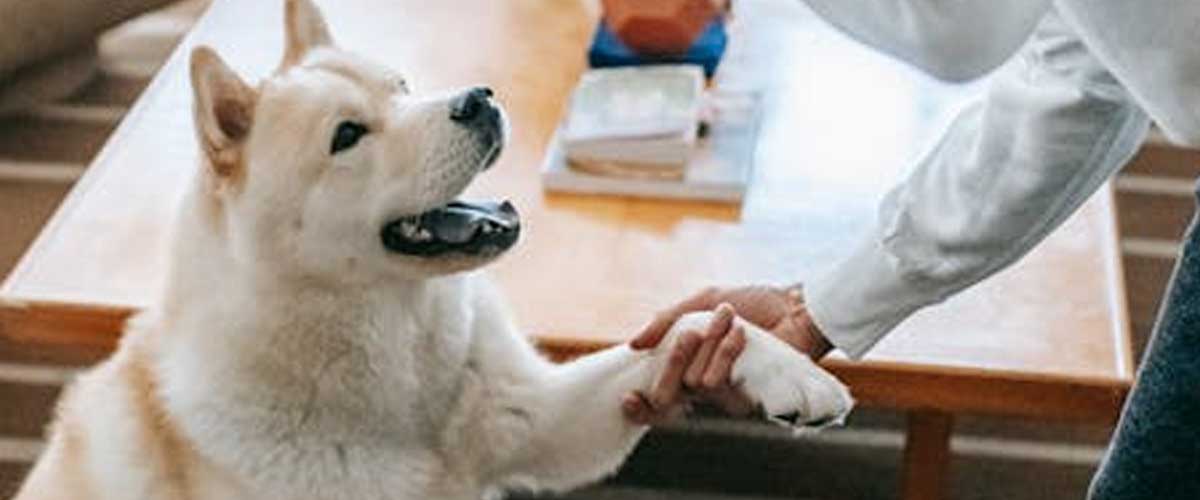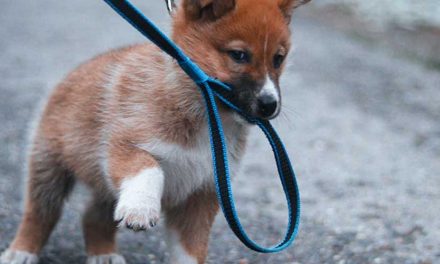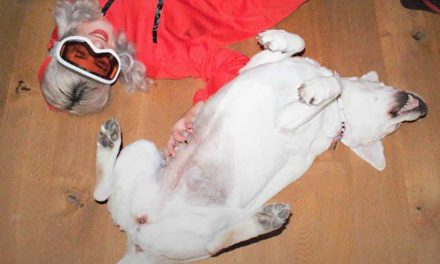Dogs are naturally inclined to chase, a behavior rooted in their ancestry as hunters and gatherers.
This instinct can be an incredible asset in training, transforming a seemingly basic urge into a powerful tool for obedience and engagement.
By understanding and channeling your dog’s love for pursuit, you can create a training regime that is both effective and enjoyable for your furry friend.
Understanding the Instinct
The instinct to pursue is evident in countless breeds, especially those designed for hunting or herding.
This inherent drive can manifest in different ways: some dogs may chase after balls, others may become fixated on squirrels or birds when out for a walk.
Recognizing this instinct is the first step toward leveraging it in training.
Utilizing Chase in Training
1. Incorporate Play into Training:
Use toys, balls, or frisbees as rewards during training sessions.
Start with basic commands like “sit” or “stay,” then release the toy as a reward for compliance.
The thrill of the chase can motivate dogs to follow your commands more diligently.
2. Recalls and Distance Training:
Teaching your dog to come when called can be made more fun by using their desire to chase.
Have a friend or family member hold your dog while you throw a toy away from you.
Once you call your dog, the excitement of pursuing the toy can reinforce the importance of returning to you quickly.
3. Obstacle Courses:
Set up a mini agility course in your backyard or at a local park.
Use obstacles that encourage your dog to run, jump, and weave.
Incorporate their favorite toys at the end of the course as a motivator, allowing them to experience the gratification of catching something after a fun pursuit.
4. Scent Games:
Dogs have an incredible sense of smell, and you can employ this in pursuit-themed games.
Hide treats or toys around your house or yard and encourage your dog to find them using scent.
This not only taps into their instinct to pursue but also stimulates their mind as they search for hidden treasures.
5. Structured Play Dates:
If your dog enjoys the company of other dogs, organize play dates or trips to the dog park.
Watching and participating in the chase with other dogs can build socialization skills while allowing their pursuit instincts to flourish in a controlled environment.
Training Safety First
While it’s essential to leverage the chase instinct, safety must always be a priority.
Ensure that your training environment is secure and free from potential hazards.
Always supervise play sessions, especially with other dogs, to prevent over-excitement or aggressive behaviors.
If you’re using toys or balls, select those that are safe and durable.
Conclusion
Turning your dog’s instinctive love of pursuit into a training advantage can create a more rewarding experience for both you and your pet.
By incorporating play and excitement into your training regimen, you not only reinforce desired behaviors but also strengthen the bond you share with your furry friend.
Embrace their natural instincts, and watch as your dog thrives in training and everyday life.









